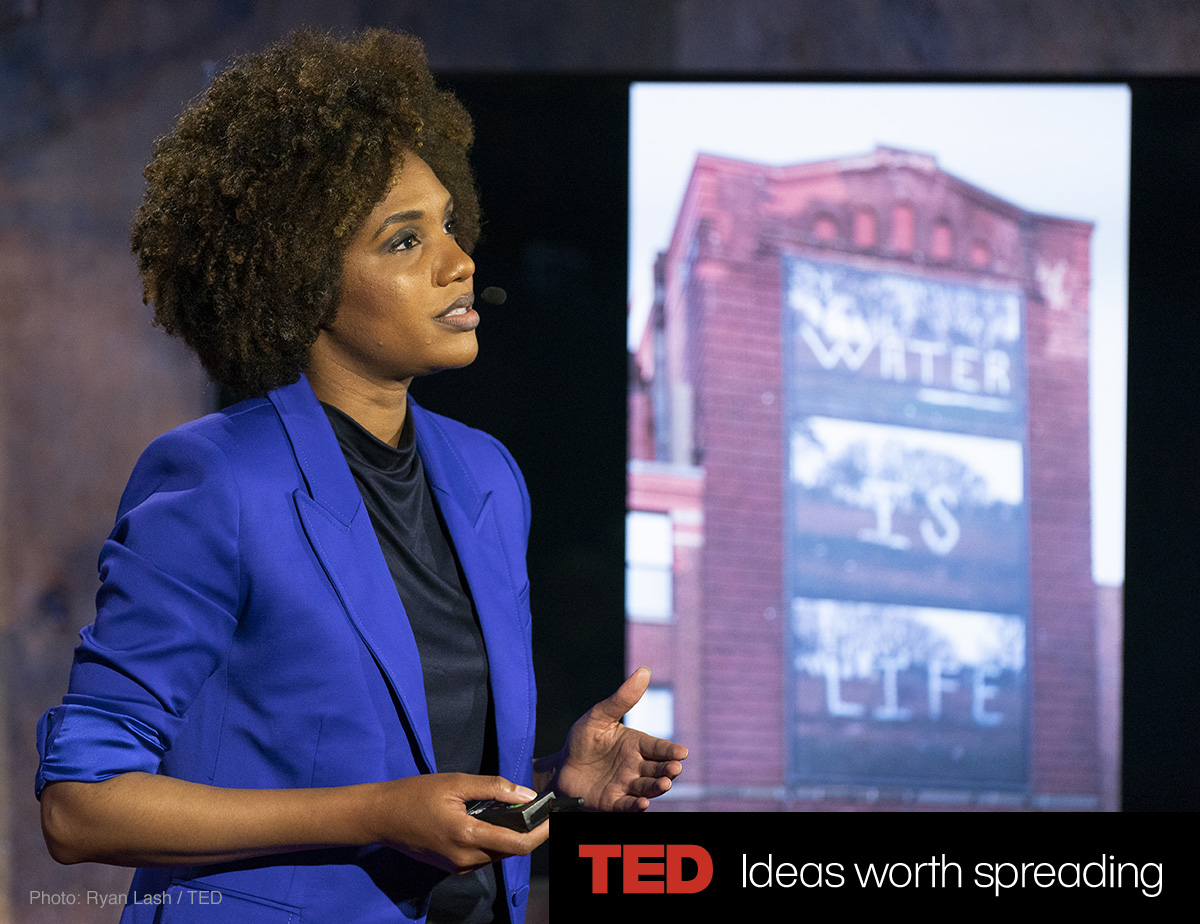A searing art show explores Black grief from the civil rights era to now
The Philadelphia Tribune
by Sebastian Smee
Curator Okwui Enwezor originally conceived “Grief and Grievance” in 2018, in the aftermath of a period that saw the nation’s first Black president, the death of Trayvon Martin, the rise of the Black Lives Matter movement and the murder of nine members of an African American congregation by a young white supremacist.
NEW YORK — The most ambitious exhibitions help to usher in new ways of seeing. The Nigerian curator Okwui Enwezor, who died in March 2019 at just 55, specialized in these kinds of paradigm-shifting shows.
His exhibitions had a prescient feeling. If you saw them or even read about them, you knew you were seeing the shape of future conversations about art — and about who gets kudos for making it.
“Grief and Grievance: Art and Mourning in America” — the last show organized by Enwezor and his only one devoted exclusively to art by African Americans — feels retrospective rather than prescient. That makes sense, because the show, at the New Museum in New York, is about mourning, commemoration and loss.
Remarkable in its quality, emotional force and concision, it features work by many of this country’s most acclaimed Black artists — among them Carrie Mae Weems, Mark Bradford, Lorna Simpson, Kerry James Marshall, Theaster Gates and Kara Walker.

Enwezor originally conceived “Grief and Grievance” in 2018, in the aftermath of a period that saw America’s first Black president, the death of Trayvon Martin, the rise of the Black Lives Matter movement and the murder of nine members of an African-American congregation by a young white supremacist. After Donald Trump became president, Enwezor wanted to think through what he called the “crystallization of Black grief in the face of a politically orchestrated white grievance.”
He has done that and, at the same time, produced a show that is filled with musical invention, austere forms of abstract beauty and visceral expressions of joy.
Enwezor planned for the show to open during Trump’s first term. In case his cancer progressed, he had entrusted aspects of the project to the artist Glenn Ligon, who worked with curators Mark Nash, Naomi Beckwith and Massimiliano Gioni to bring the show to fruition. The catalogue was completed May 1, 2020, less than a month before the killing of George Floyd. The opening was then set back by the pandemic.
Trump is no longer president, and in 2021, many people — buffeted by so many crises on so many fronts — might not want to be reminded of the concatenation of traumas to which the art in the show responds. I don’t blame them. But the exhibition is polyphonic, layered and, in many ways, I think, cathartic. Beckwith told me last fall that she envisaged the show as “a form of collective therapy.”
The show’s cathartic potential is linked to its visceral immediacy: much of the art is either robustly made (Bradford, Nari Ward, Kevin Beasley) or plugged into the emotional directness of music (Arthur Jafa, Tyshawn Sorey, Kahlil Joseph). Its aura of hard-won wisdom emerges from the work of artists who take a long view, engaging with the civil rights era (Weems, Marshall, Dawoud Bey) or pulling us into more personal histories (LaToya Ruby Frazier, Howardena Pindell).
Courtesy of: The Philadelphia Tribune

